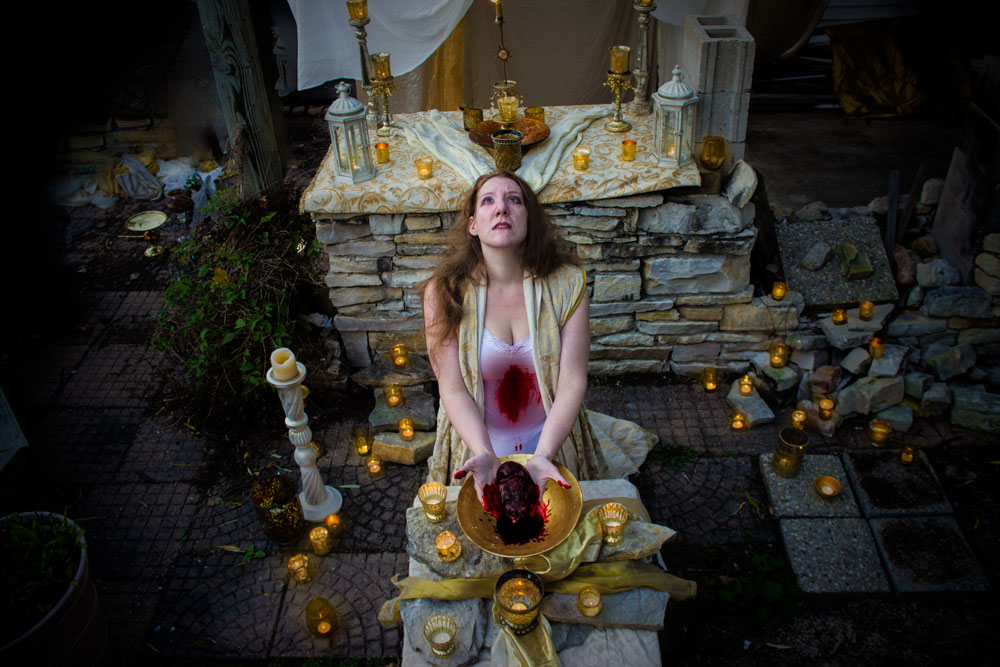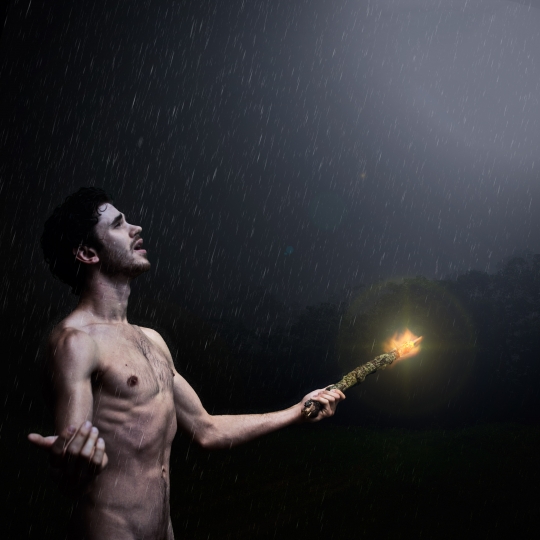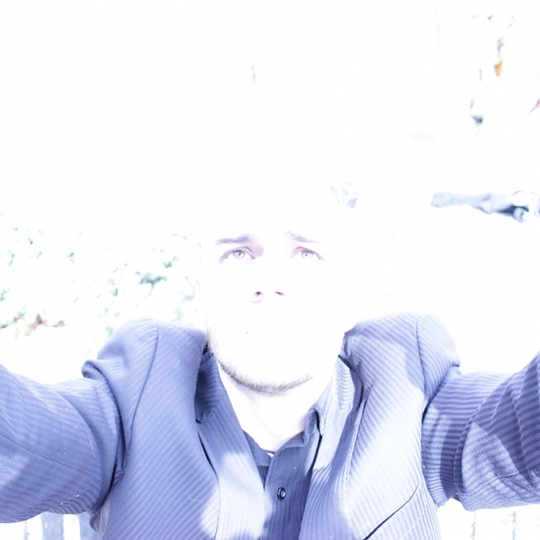In a broken cathedral, she offers up to the Divine the only thing that is truly hers: her own broken heart. The image expresses a Kabbalistic idea that at the end of many lifetimes, when we are ready to reunite with God, what we can offer God is our own broken heart. The story of the Kabbalistic Tree of Life is the story of humanity’s descent into matter and our quest to reunite with God. If we are spiritual beings from a perfect realm but chose to incarnate into a mortal life, or if the Divine is perfect but chose to create an imperfect world for us to be born into, then there is something about imperfection that we’re meant to explore. It’s impossible to go through life untouched and unshaped by it, and in my opinion we shouldn’t try to be. Anecdotally we can see what happens to people who have a too-perfect life. We run the risk of becoming shallow and ungrateful. Buddhism teaches us that our terrible experiences can soften us. Our suffering teaches us empathy. Only through loss do we become tender. Tibetan Buddhism teaches that there are six realms. You can take them as literal realms that you can reincarnate into or can take them as metaphors for emotional states. The six realms are the god realm, demigod realm, human realm, animal realm, hungry ghost realm, and hell realm. All of the realms have their own problems and forms of suffering. The hell realm is the place of anger and violence. If you are reborn there after death, it is constant torture, but it is also the pain present in everyday life when we’re stuck in anger and violence. The problem with the god realm is that it’s too perfect. The gods beautiful, live for millennia, and can have whatever they want whenever they want it. There is still suffering present, it’s just so subtle that it’s hard to perceive. The gods become bored with even endless freedom and pleasure. Eventually they, too, die and are reincarnated. And as they start to die, their suffering is enormous because they've never had to learn how to deal with pain or disappointment. In Tibetan Buddhism, only in the human realm can we reach enlightenment. In the god realm there isn’t enough suffering to stimulate our growth, and in the other realms there’s too much suffering for us to overcome. A human life, they teach, has just enough suffering to make us grow, but not so much we can’t overcome it. Suffering isn’t something to seek, but it is our teacher. Thinking on these things helped me to make peace with my past depression. Depression was not great. I wouldn’t wish it on anyone. But having experienced years of it I think it has helped me to have empathy, to feel truly open. What I’ve learned from depression is a subject for a much longer article, but this image embodies the paradoxical feeling where hope and hopelessness meet, the catharsis of desperation and letting go, of wallowing and yearning. There is a Sufi saying that a broken heart lets the light in. I learned that from my friend Shauna who modeled for this image. She likes to restate that as a broken heart lets the light out. I can see these lessons in the archetype of the Wounded Healer, who is compelled to heal because they are wounded. Carl Jung created the term, but the archetypal example is the centaur Chiron, a master healer that was poisoned by one of Herakles’ arrows. I’ve seen that 73.9% percent of psychologies and counsellors experienced a wound that lead to their career choice. Our wounds drive us to help others and give us the depth of experience to do it. The character in the image isn’t just wounded. She’s sanctifying her wound, making it holy by offering it on the altar. That’s something altogether different than surrendering to it, or from glorifying in it and making it a part of her identity. "The way of love is not a subtle argument. The door there is devastation. Birds make great sky-circles of their freedom. How do they learn that? They fall, and falling, they are given wings." ~Rumi
Photography and editing: Jason L Morrow
Model, set design: Shauna Aura Knight





Leave a comment!